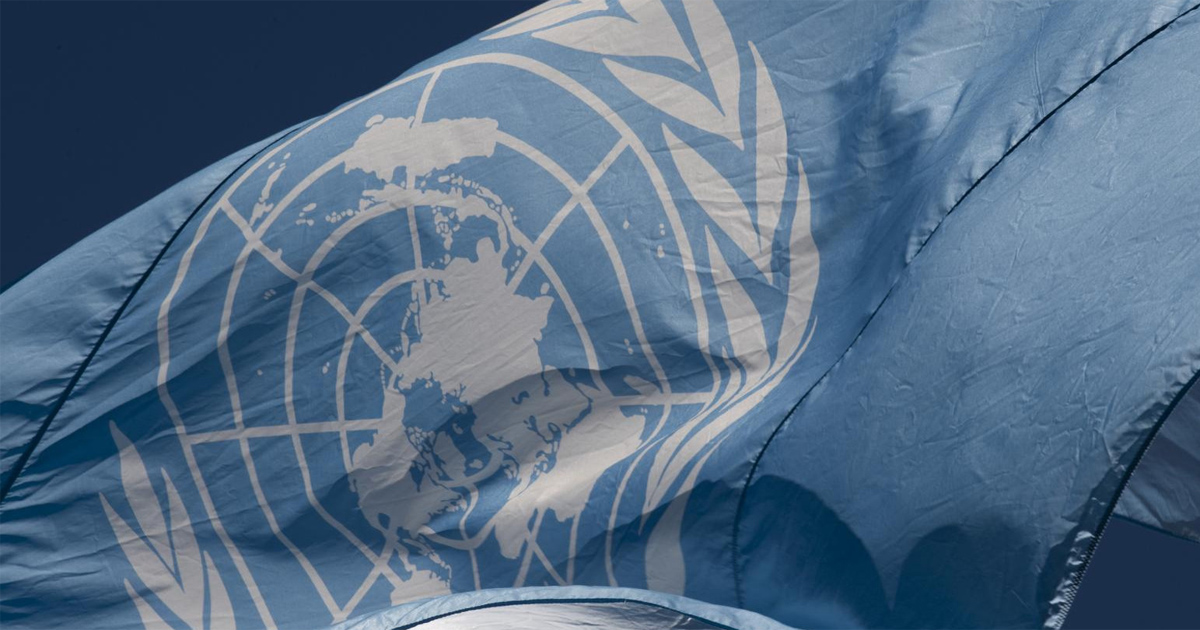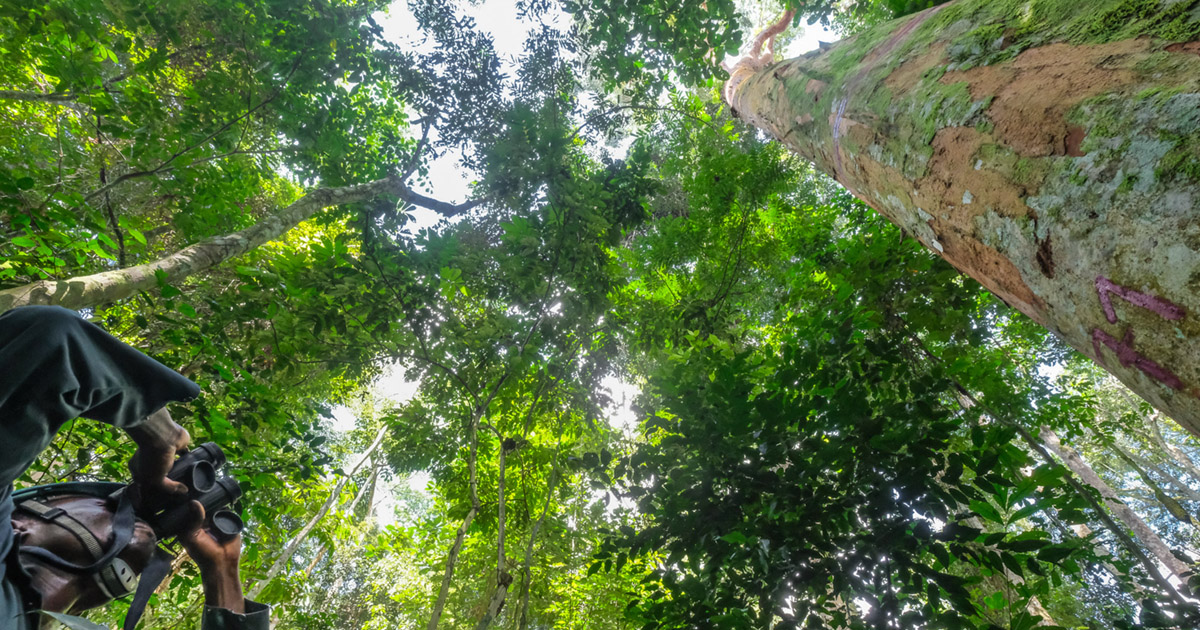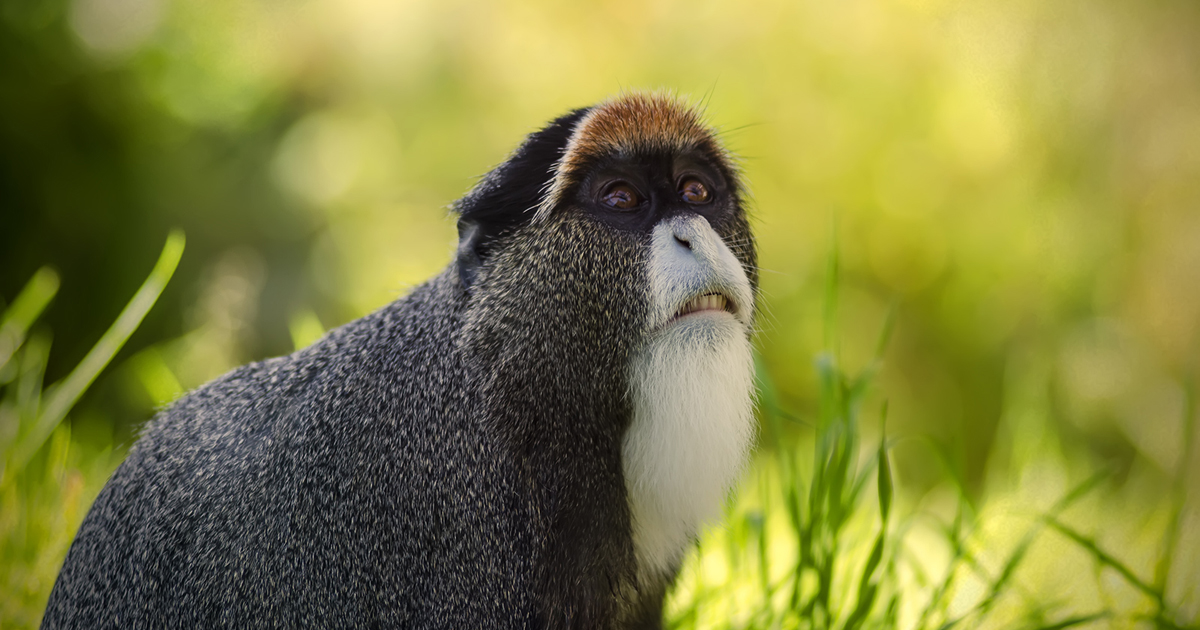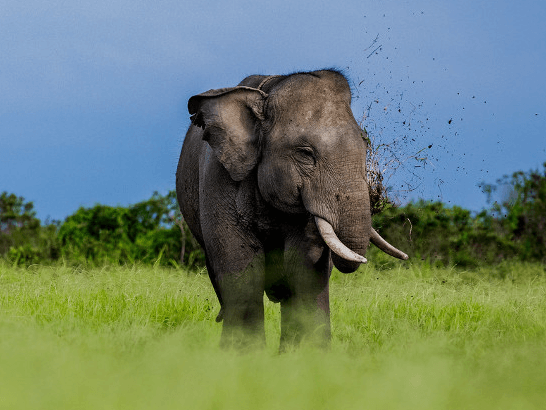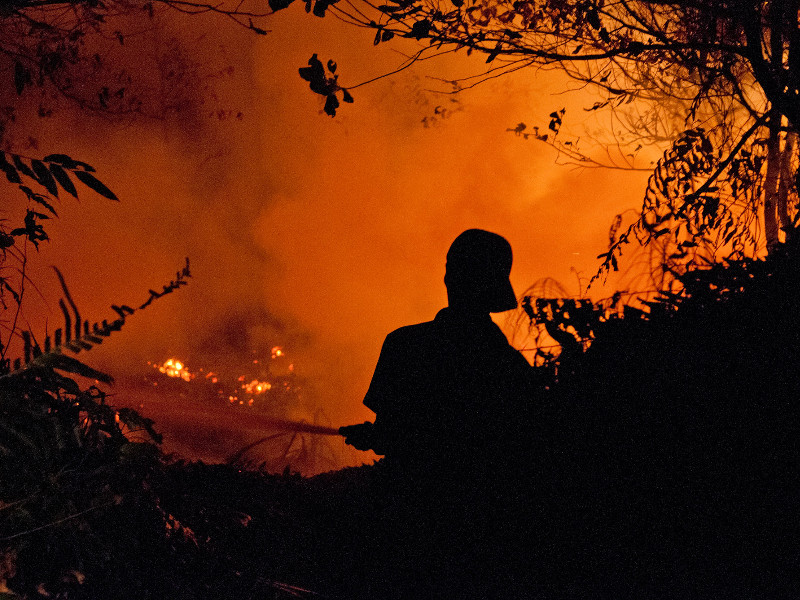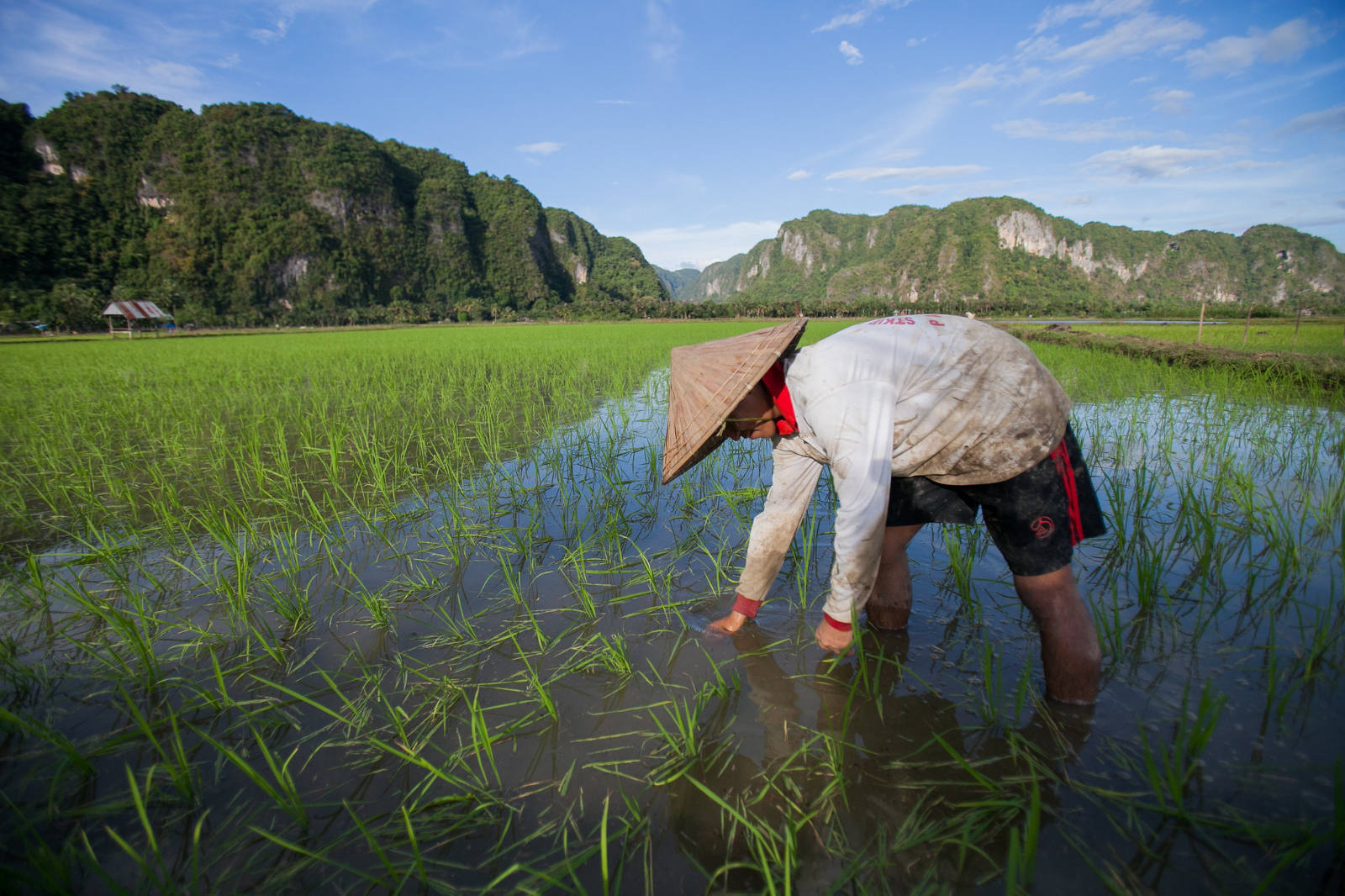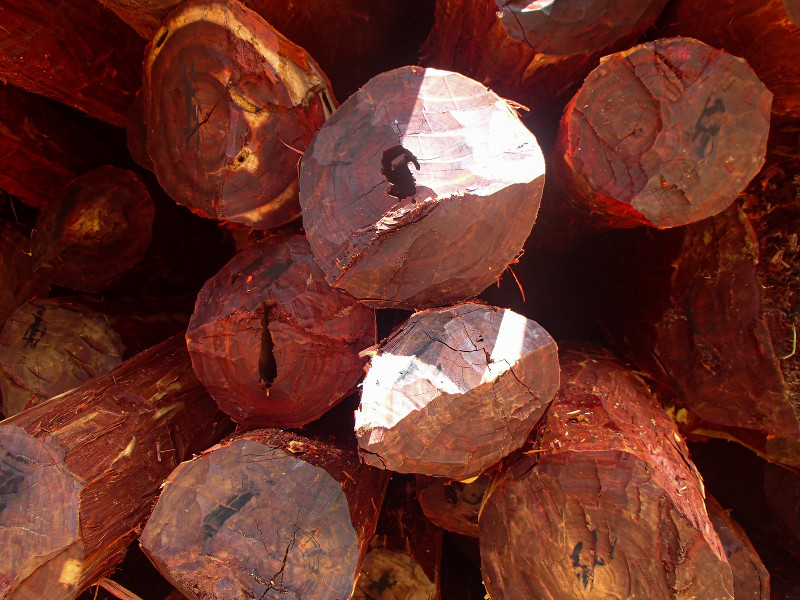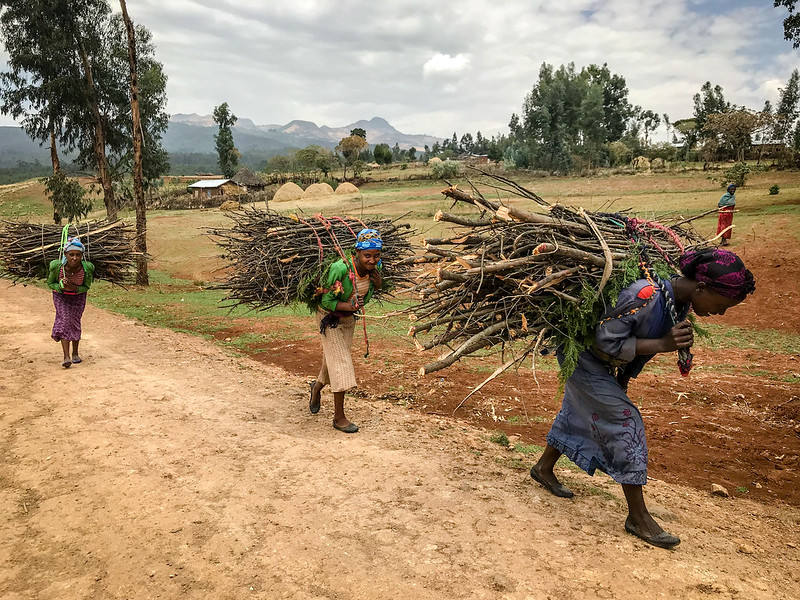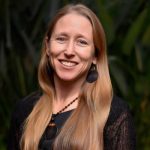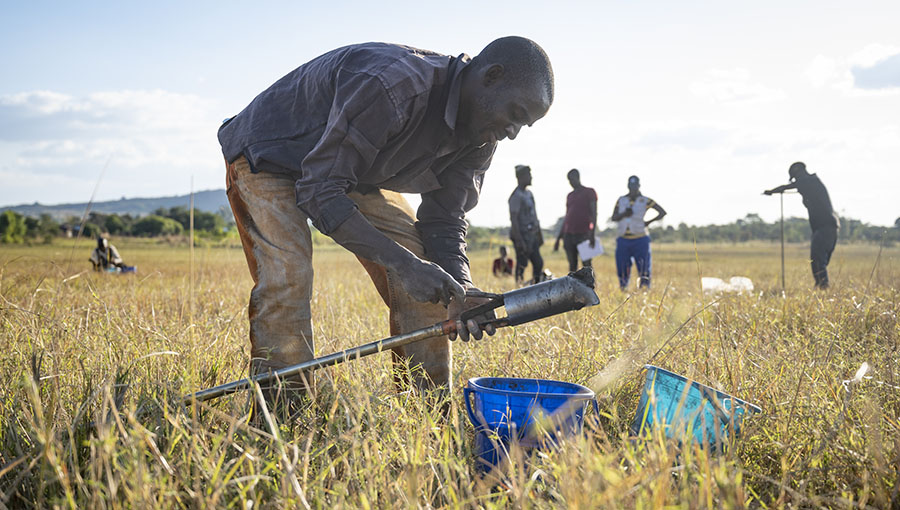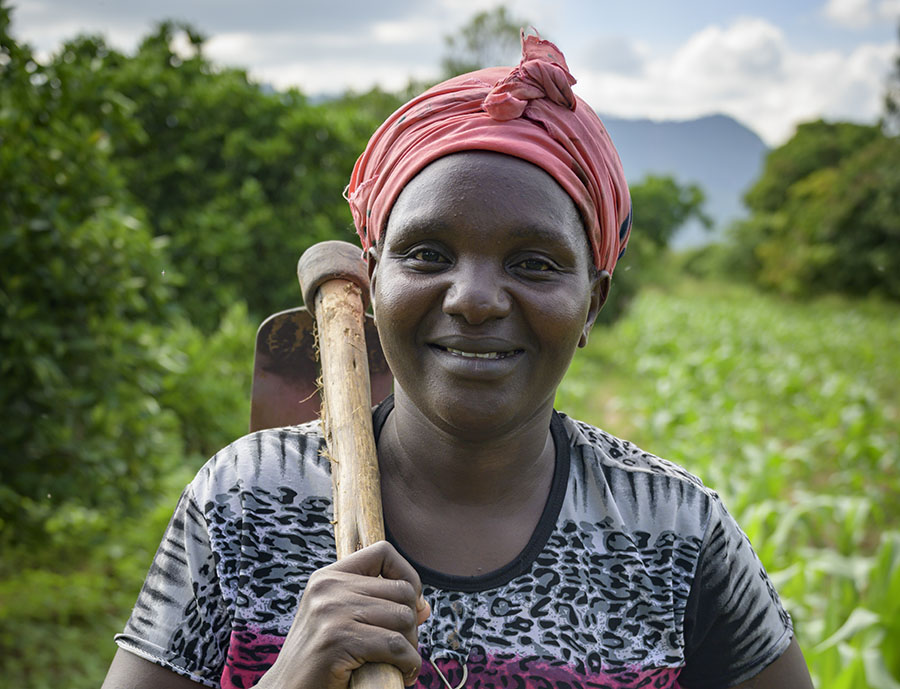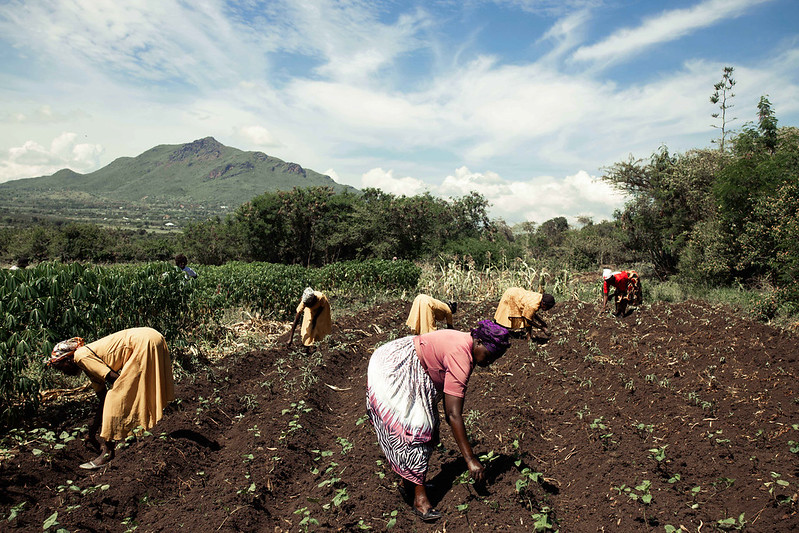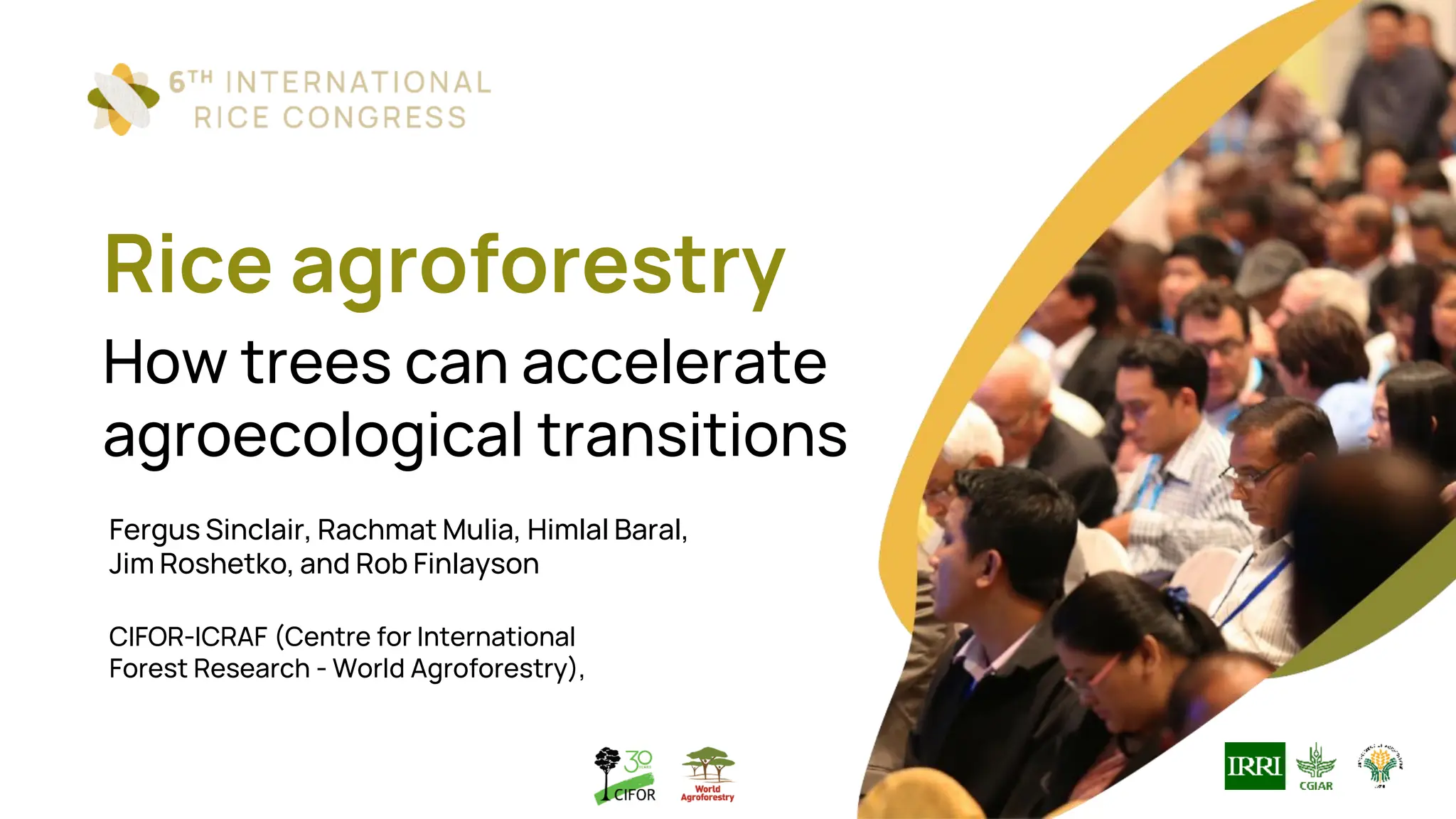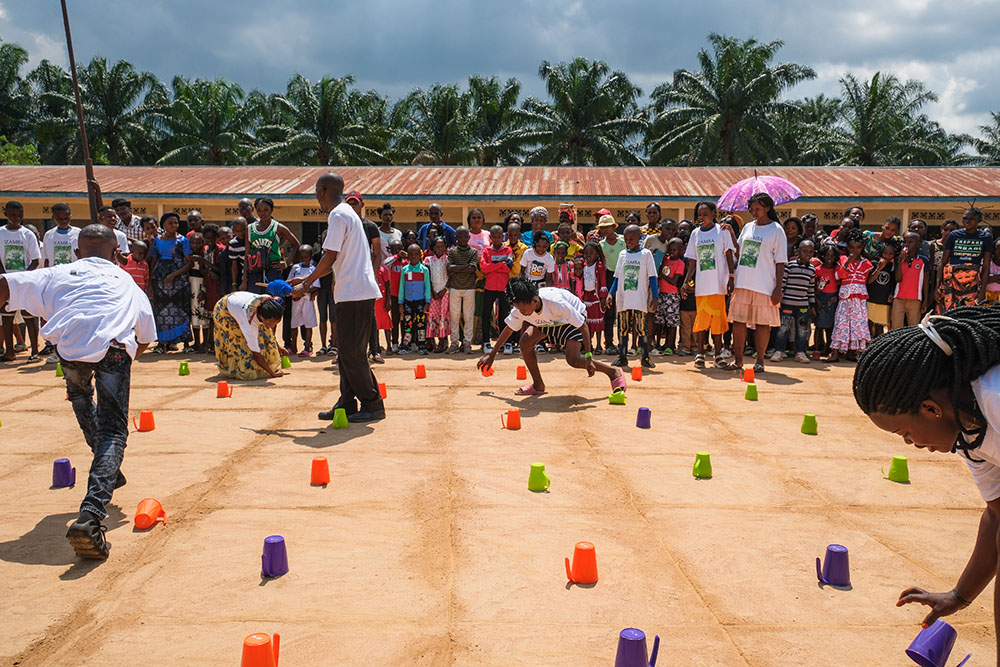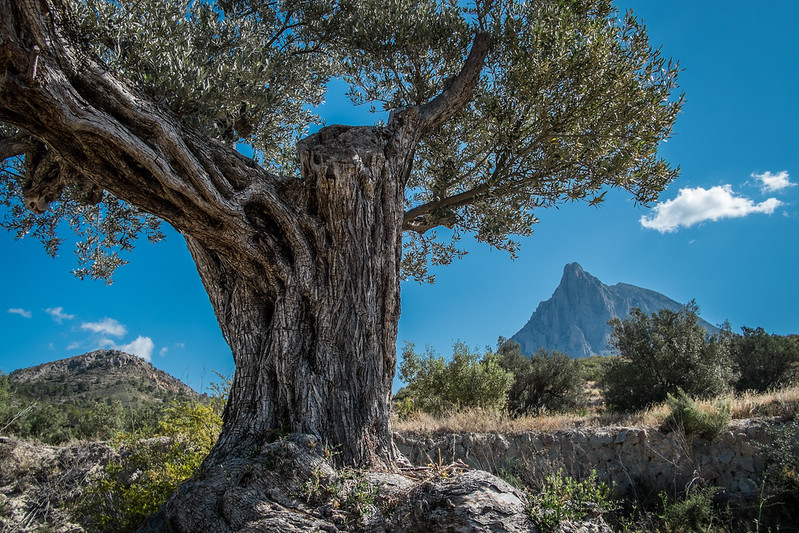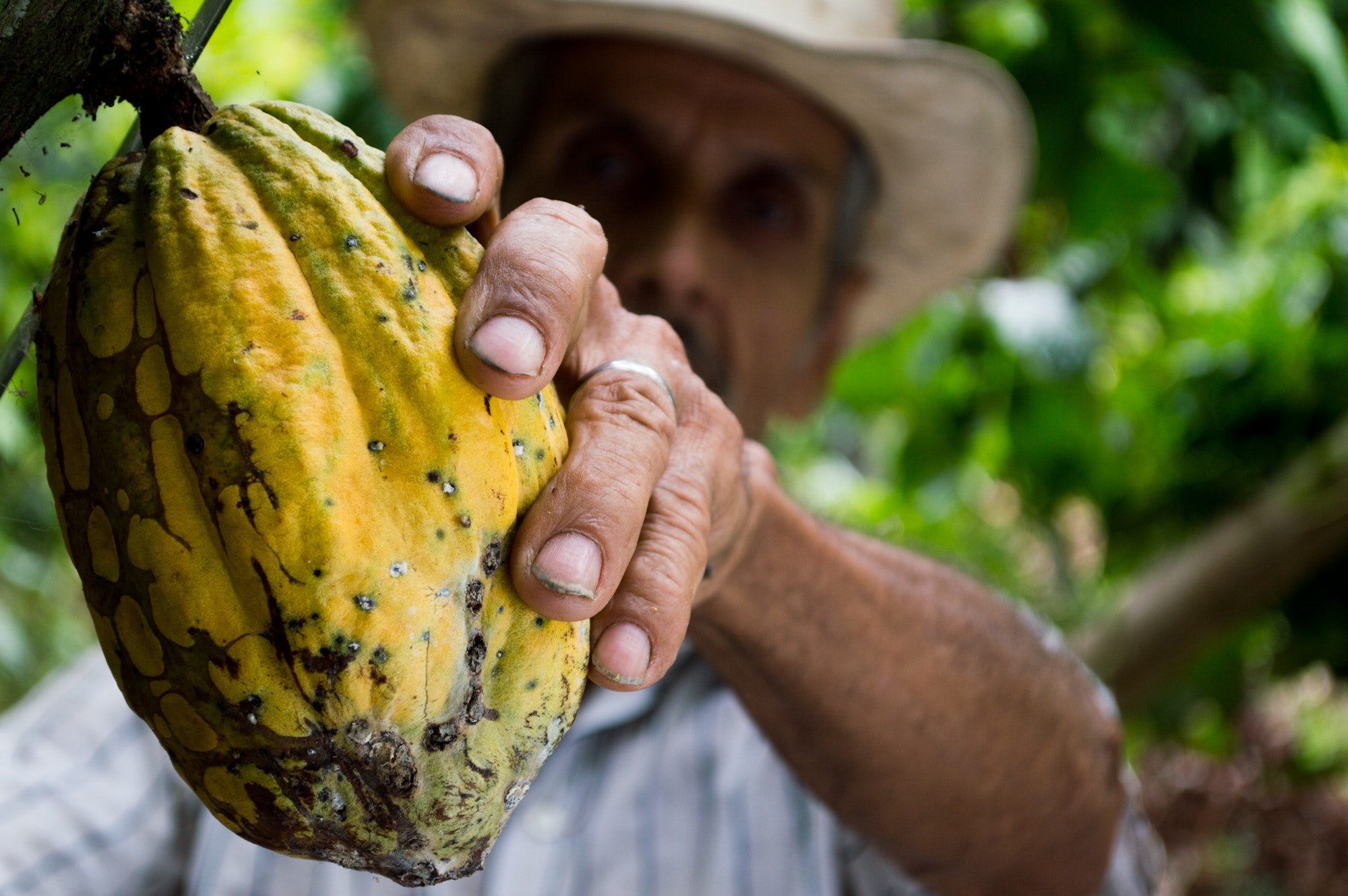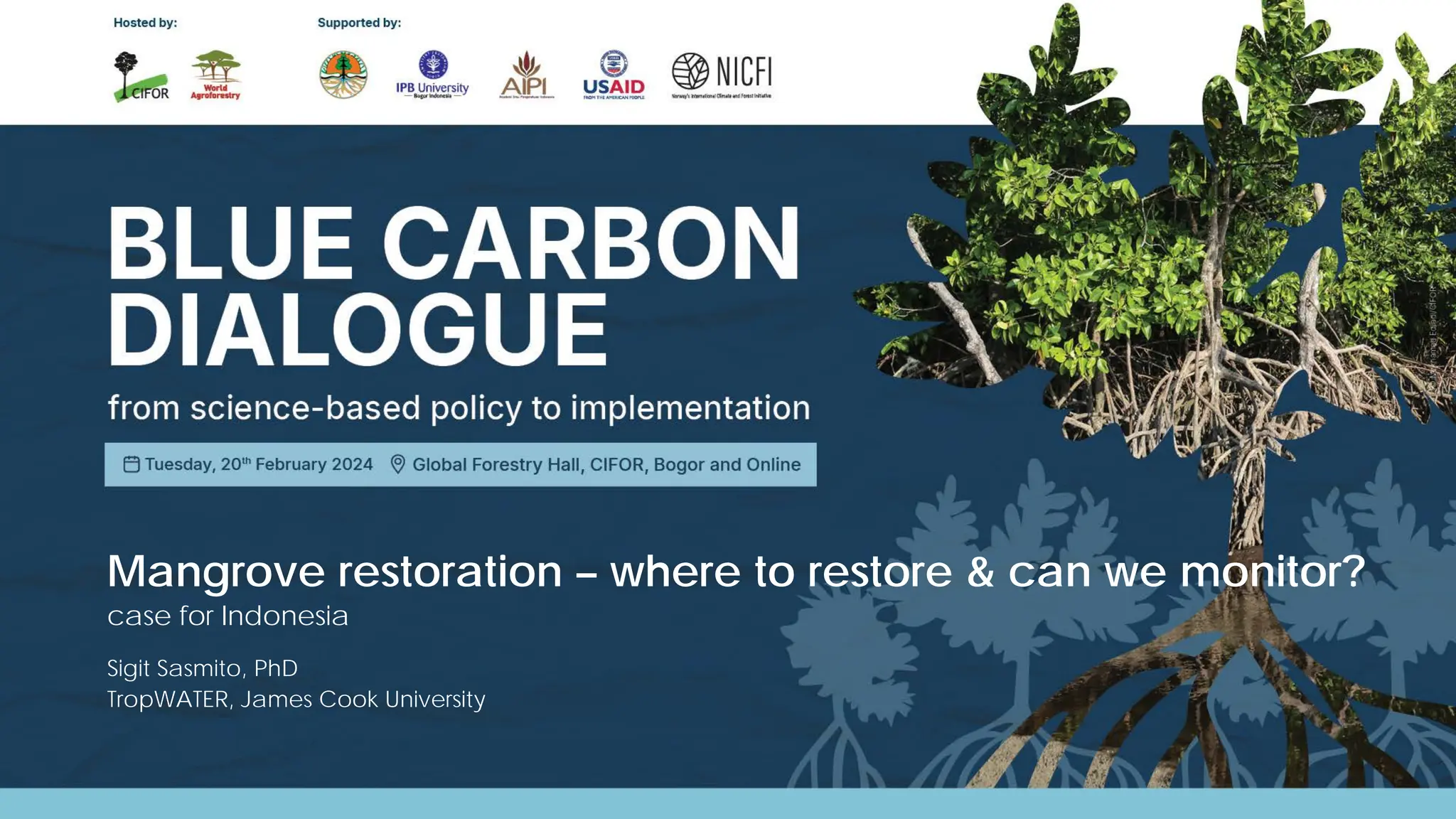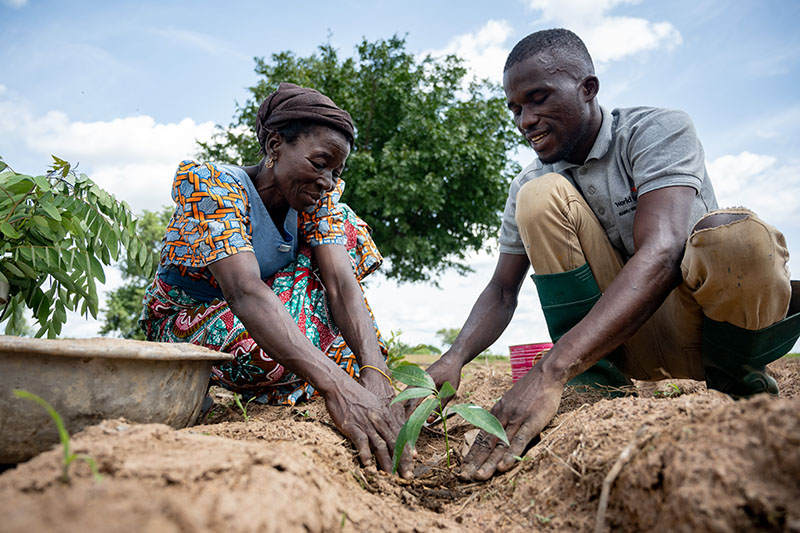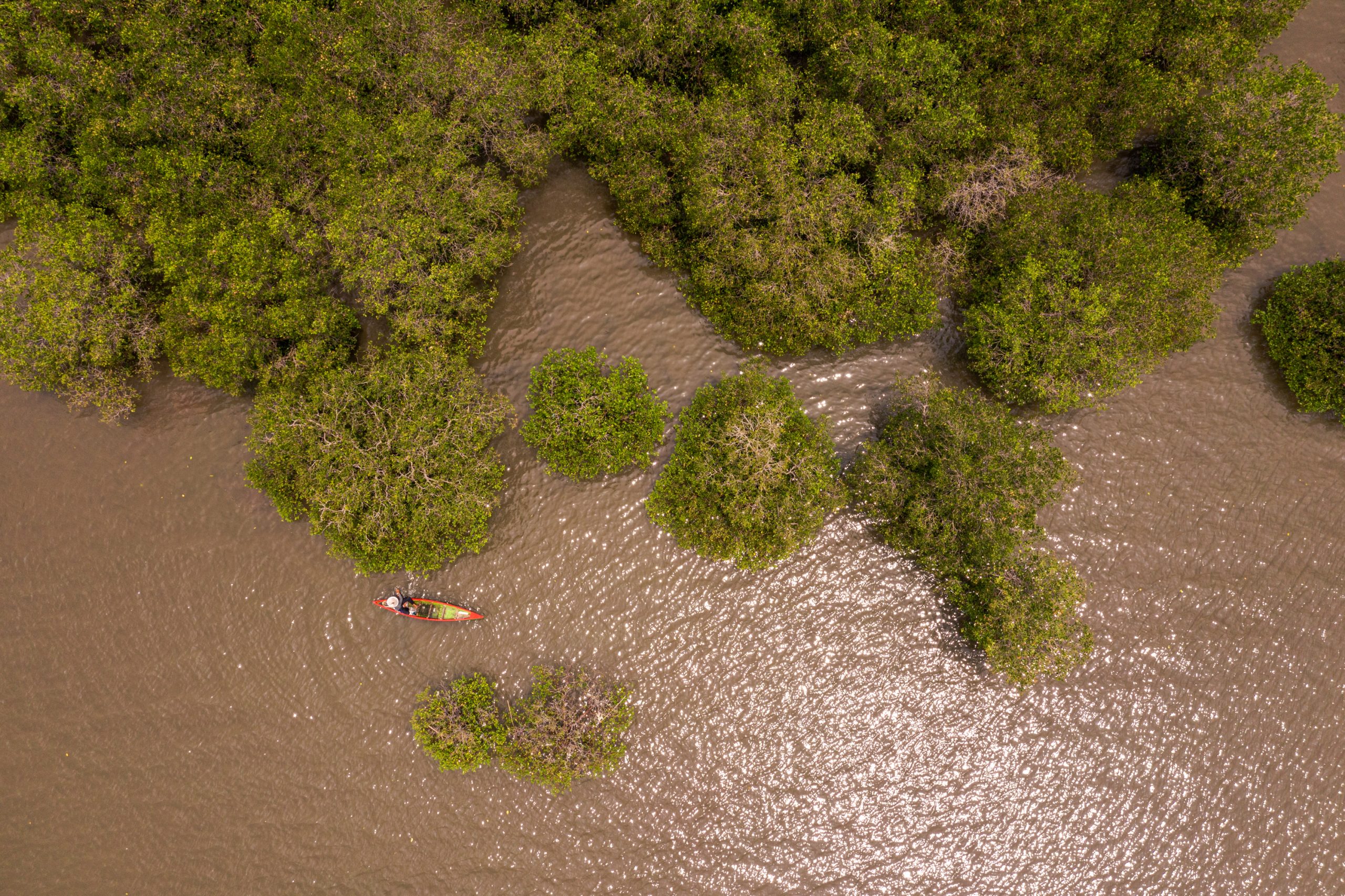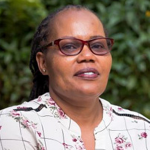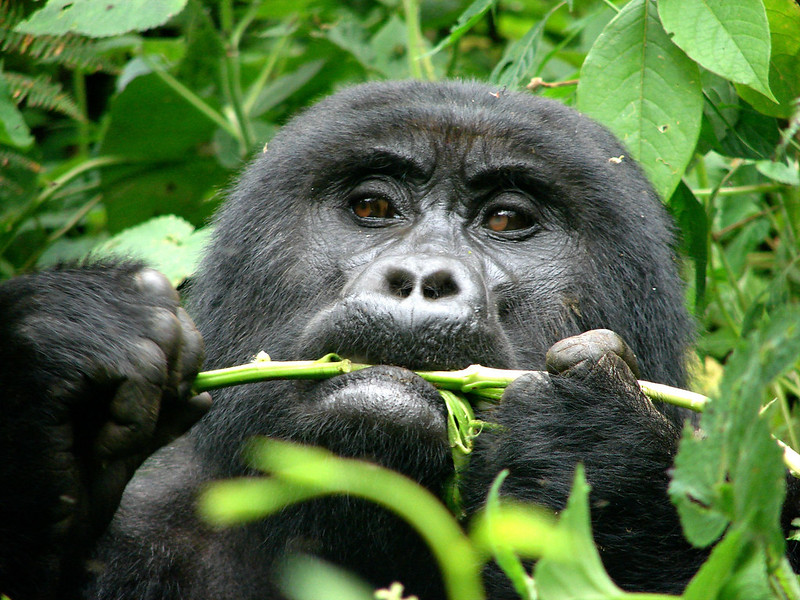Healthy soil is the foundation for functioning ecosystems including sustainable agricultural systems, rangelands, wetlands, peatlands and forests. Consequently, healthy soil is fundamental if we are to achieve land-based ecosystem restoration.
CIFOR-ICRAF’s state-of-the art soil spectroscopy lab and global database of ecosystem health indicators are one of the world’s best tools for large scale and accurate soil analytics. By conducting multi-scale assessments of land and soil health across landscapes, we are able to provide analysis at the farm, landscape and global levels. Providing robust and actionable scientific data and analysis and capacity development, our evidence draws links between soil health, climate change mitigation and adaptation, and biodiversity to inform policies and investment at multiple scales.
Learn more about our works on soil and land health and our state-of-the-art Soil-Plant Spectral Diagnostics Lab.
Contact us
Soil health: Fast facts




